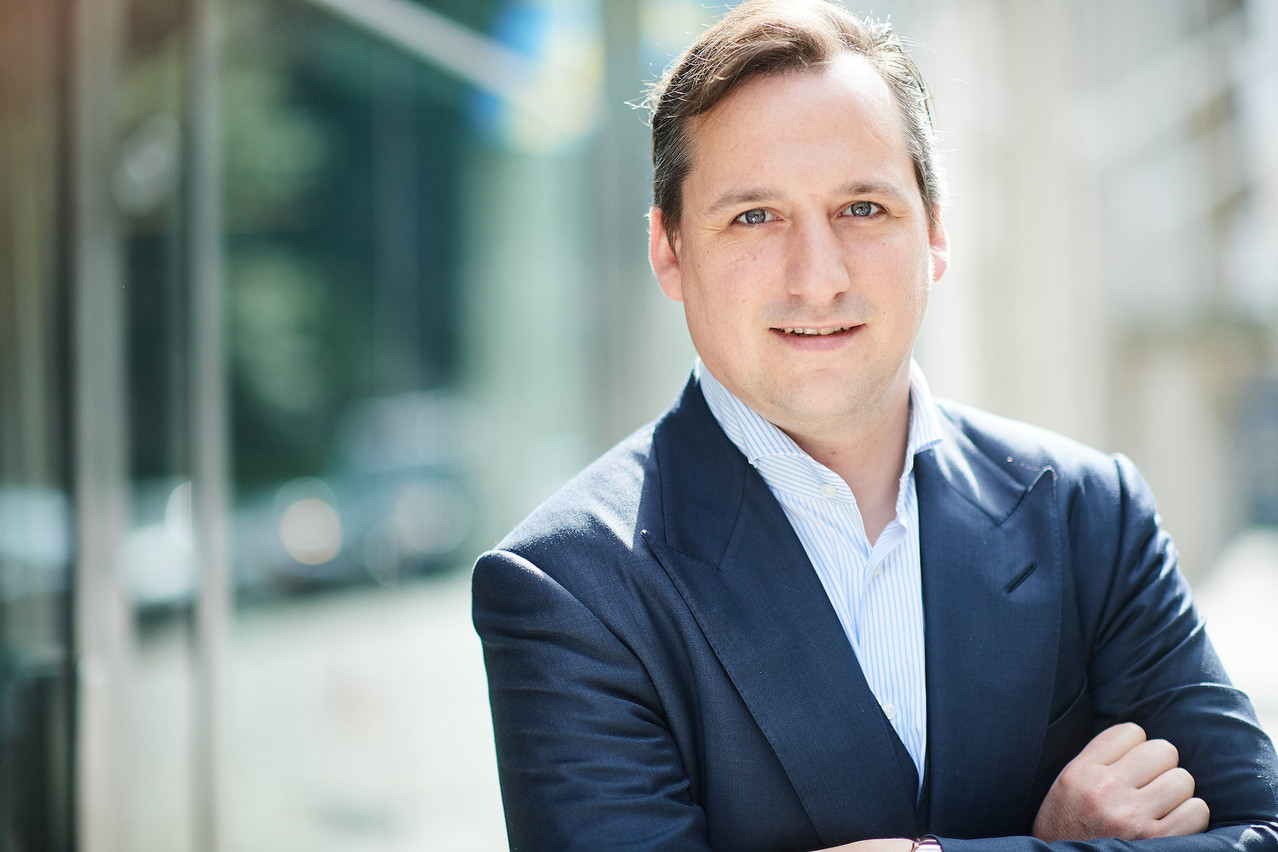BlackRock’s investment strategy is based on five pillars. The two main ones are energy transition and energy security, complemented by sustainable transport, the circular economy and community, and digital infrastructure.
For Charles Symons, head of sales iShares & wealth Belgium/Luxembourg, BlackRock finds itself “in a moment where the investment themes of infrastructure on the one hand and sustainability on the other are converging. This offers clients a historic investment opportunity in the alternative investment sector to facilitate and accelerate this energy transition, both on the pure transition side (renewable energies, electricity suppliers, clean fuels, etc.) and on the security and energy efficiency side,” he said.
“More than half of the strategy’s allocation will initially be deployed in Europe, and then gradually diversified globally over the coming decades,” Symons added. “European governments have woken up to the notion that pre-war energy security is no longer there and that we need to accelerate the energy transition. There’s a real need there to be met quickly.”
The strategy is currently targeting institutional investors with a long-term view, such as public and private pension funds and insurance companies. “Long-term capital that seeks to accelerate the energy transition.”
A three-stage strategy
The investment plan of the strategy is broken down into three stages. In the short term, the idea is to strengthen the already present structures. “In other words, help increase solar and wind capacity and maintain natural gas infrastructure where the infrastructure can be, in the long term, repurposed for hydrogen to ensure permanent availability at affordable prices.”
In the medium term, the aim is to accelerate the decarbonisation of all sectors of the economy, to convert existing infrastructure to greener energies seeing as ”60% of tomorrow's hydrogen infrastructure will come from existing infrastructure,” said Symons. Improving energy efficiency “by investing, for example, in smart meters,” is also one of the important points for the BlackRock head of sales.
In the longer term, the aim is to be able to support major innovations “such as blue and green hydrogen or carbon capture and sequestration”. This strategy is good for the planet as well as for the investor, said Symons, highlighting not only the stable returns but also the protection that investment in infrastructure offers against inflation.
There is a big gap to be filled said Grégory Benhamou who is in charge of developing the alternative assets platform in FraBeLux for BlackRock. “According to estimates, $125,000bn of investments are needed worldwide by 2050 to reach net zero, including more than $4,000bn per year, compared to $1,000bn per year currently. We are talking about quadrupling investments. It’s colossal.” There is however a lack of available capital. “That's why we're launching a permanent capital strategy to be flexible and to support this transition over the long term,” he said.
“BlackRock is actively participating in the energy transition with, to date, more than $55bn of investments deployed through our infrastructure strategies,” said Symons. The investment in infrastructure in the Frabelux region account for $1bn of that sum. “Thanks to the investments of our Infrastructure Equity platform, 97 million tonnes of CO2 are avoided each year and 5 million homes supplied with clean energy worldwide.”
This story was first published in French on . It has been translated and edited for Delano.
